Essentials of a Hindu Wedding Ceremony
According to Hinduism, Marriage or Vivaha is a sacrament and not a contract. The ceremony itself is beautiful and each tradition in the ceremony has significance behind it. For a Hindu Marriage to be considered complete, there are thirteen essential traditions or steps that are necessary. Following is the basic outline for a Hindu Wedding Ceremony:
1. Var Satkar: The official reception of the groom by the bride’s family. Mother of the bride typically blesses the groom with Aarti and acknowledges him as being part of the family.
2. Madhu Parka: Father of the bride walks the groom to the altar and feeds him Panchamrita (mixture of yogurt, honey, sugar, ghee, and milk) before the ceremonies commence.
3. Kanyadan: In this ritual, parents of the bride give away their daughter to the groom amidst chanting of mantras.
4. Vivaha Homa: Fire is a sacred and integral part of a Hindu Wedding Ceremony. Fire is lit to mark an auspicious start to the rituals.
5. Paani Grahan: Taking bride’s right hand in his left, the groom accepts her as his wife. This ritual symbolizes the brides surrendering her heart in the hands of the groom.
6. Pratigya Karan: In this ritual, bride and groom take vows of love and loyalty toward each other.
7. Shila Arohan: Literally means “Stepping on the Stone”, where mother of the bride helps the bride ascend onto a stone and counsels her to prepare for her married life. The stone is symbolic of strength and trust.
8. Laja Homa: Laja or puffed rice is offered by the bride and groom as oblations to the sacred fire. Rice marks a bountiful married life.
9. Mangal Phera: One of the most important rituals of a Hindu marriage is that of a couple circling around the fire seven times. The number 7 has religious and mathematical significance. A circle is 360 degrees, and all numbers between 1 and 9 divide 360 except 7, making it a non terminating number and hence marking a marriage as indivisible.
10. Saptapadi: Or Seven Steps unites the couple for a lifetime. The seven steps stand for nourishment, strength, prosperity, happiness, progeny, long life, harmony, and understanding.
11. Abhishek: After Saptapadi, the priest sprinkles holy water on bride and groom, and they pay homage to sun and pole star.
12. Anna Prashan: The last symbolic rite is to offer food to the sacred fire. Having done so, the bride and the groom feed each other.
13. Aashirwaad: Hindu Wedding Ceremony concludes with the blessings of elders.
There may be slight variation in the ceremony or additional traditions depending on which part of India you belong to. Some of the common Hindu Wedding Ceremonies are Agarwal, Marwari, Punjabi, Gujarati, Maharashtrian, South Indian, and Bengali. Look out for our future posts on different kinds of Hindu Wedding Ceremonies.
Photographs by AlexMoi Photography, International Destination Wedding & Portrait Photographer
Like AlexMoi Photography on Facebook.
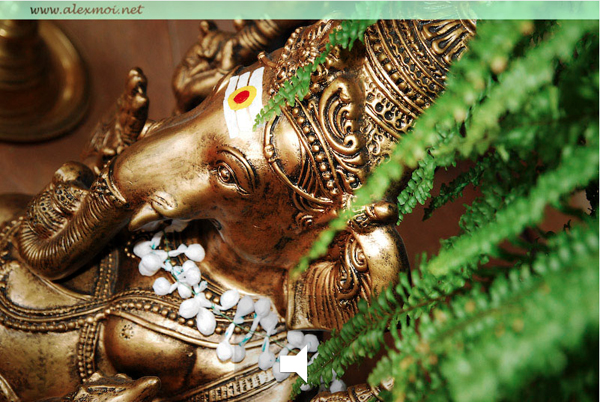
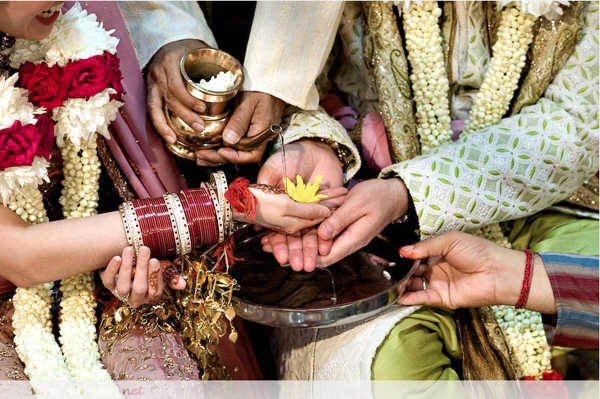
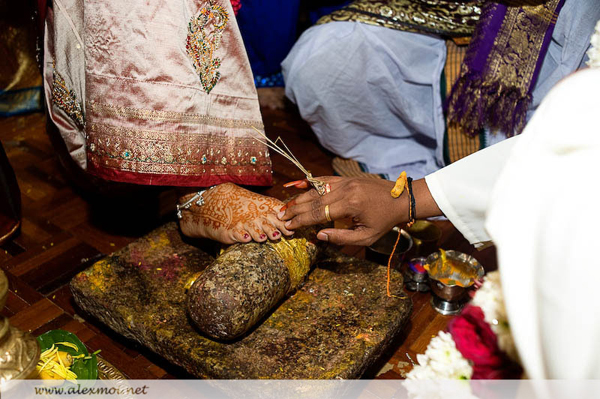
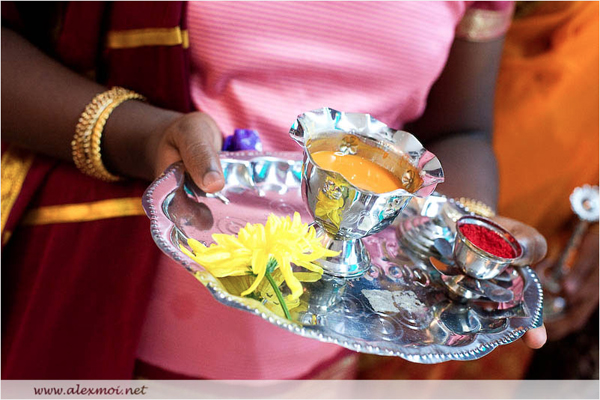
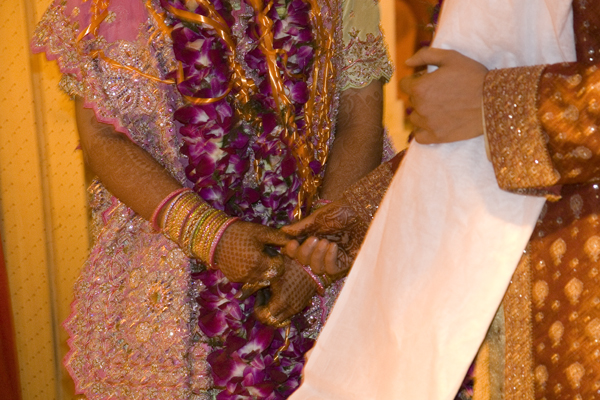 Agarwal Wedding Ceremony
Agarwal Wedding Ceremony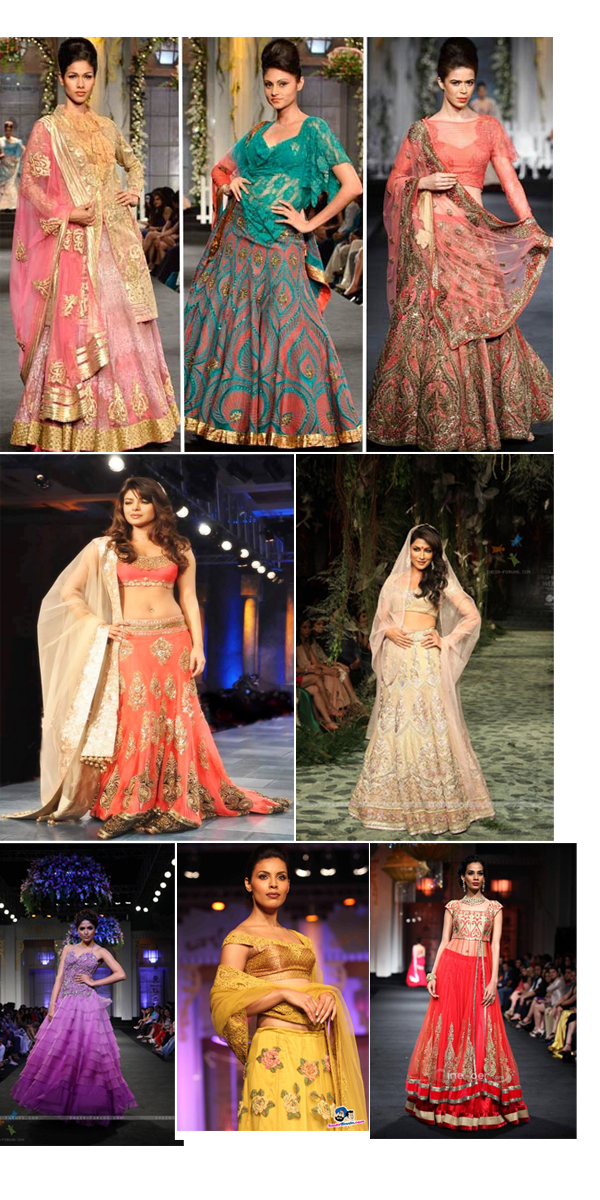 Inspiration for your Indian Wedding using Pantone Fashion Color Pallette
Inspiration for your Indian Wedding using Pantone Fashion Color Pallette Stress-free Wedding Planning? There is an App for that!
Stress-free Wedding Planning? There is an App for that!
PC Jeweller says
In Hinduism, marriage joins two individuals or embodied, eternal souls to jointly pursue the purushartha or four aims of life: dharma, artha, kama, and moksha.
All the ceremonies, from starting “Var Satkar”, “Kanyadan” to “Aashirwaad” in the Hindu wedding, are explained nicely here.
Shanti says
Good site, wishing you’d write more soon